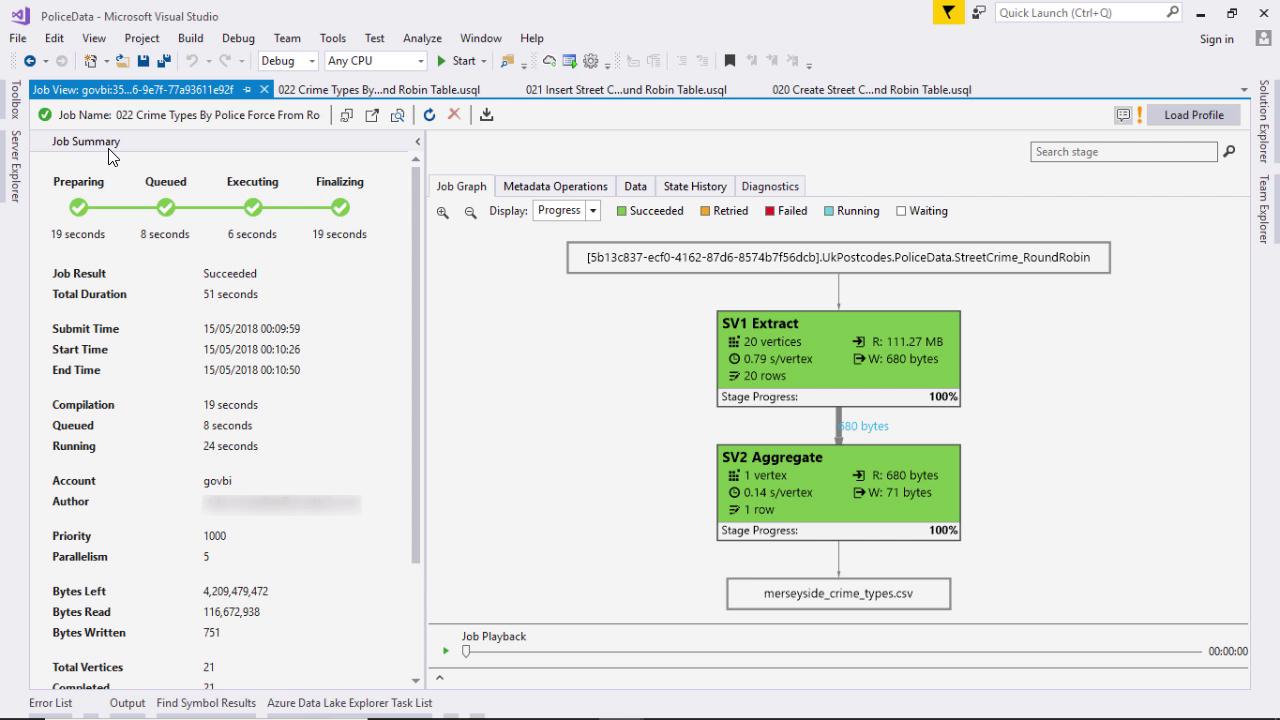
Level: Intermediate
Author: Mike McQuillan
OK, so you are using Azure Data Lakes, and you think it’s great. You just wish you could improve the performance of your U-SQL queries. Why does that query always read your entire data set? Why does this query take forever to complete? Like anything else in the Big Data world, your Azure Data Lake has to be structured around your data. This course, Improving Azure Data Lake Performance, will show you how to put the right structure in place. Then watch the magic start to happen! First, you’ll see how an Azure Data Lake works behind the scenes – how it handles different types of data and how the storage of that data can be optimized. Next, you’ll see how it’s possible to optimize non-structured data. Finally, you’ll be shown how structuring your data opens up a world of possibilities, including horizontal and vertical partitioning. This is where the real power of the Azure Data Lake comes to light! Horizontal partitioning allows you to defer a lot of control to the Data Lake, whereas vertical partitioning allows you – the developer – to take total control of how your data is partitioned and distributed within the Data Lake. When you’re finished with this course, you’ll understand how you can better optimize your jobs and save some cash. Software required: Visual Studio Community Edition 2017 with the Azure Data Lake and Stream Analytics Tools installed.
If you don’t have a Pluralsight account, you can still take this course! Use this link to get a free trial.
Sign up for a Free trial here
If you have a Pluralsight Account, you can start the course now!